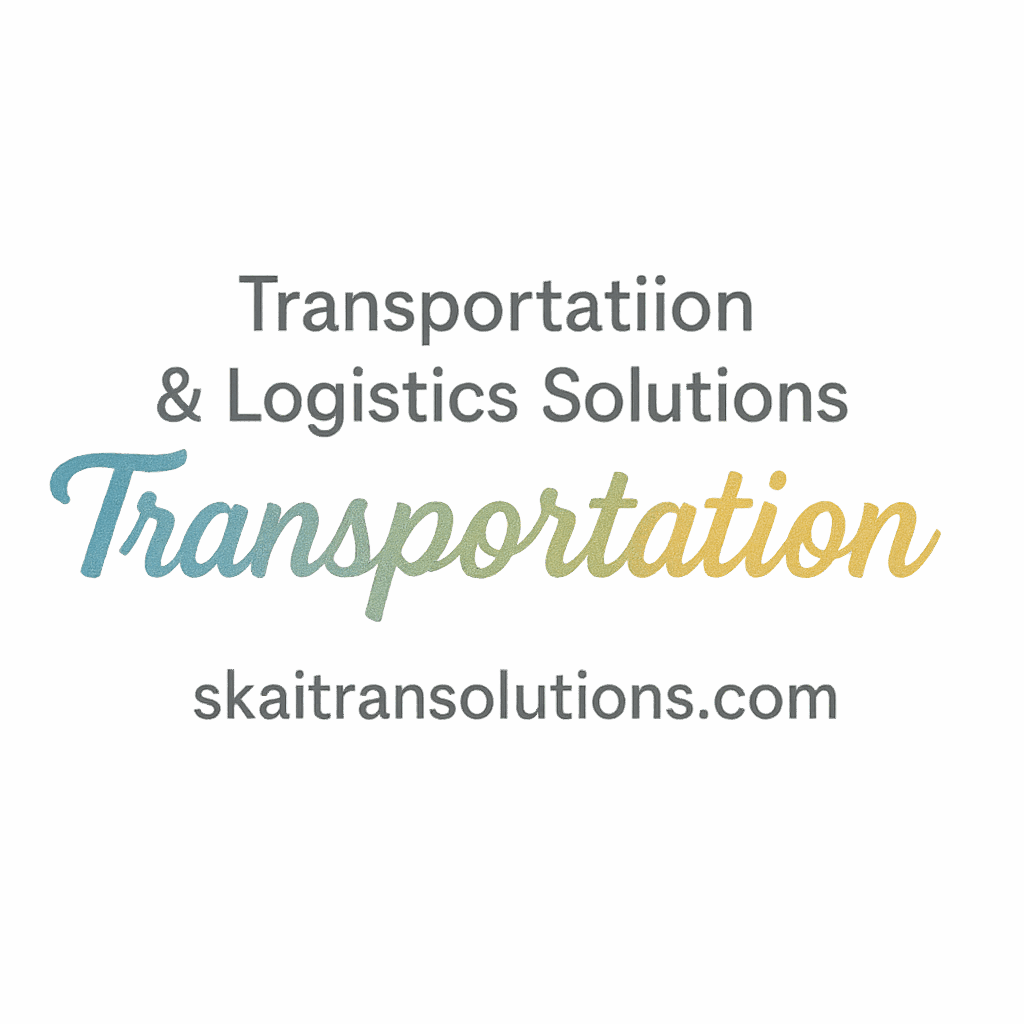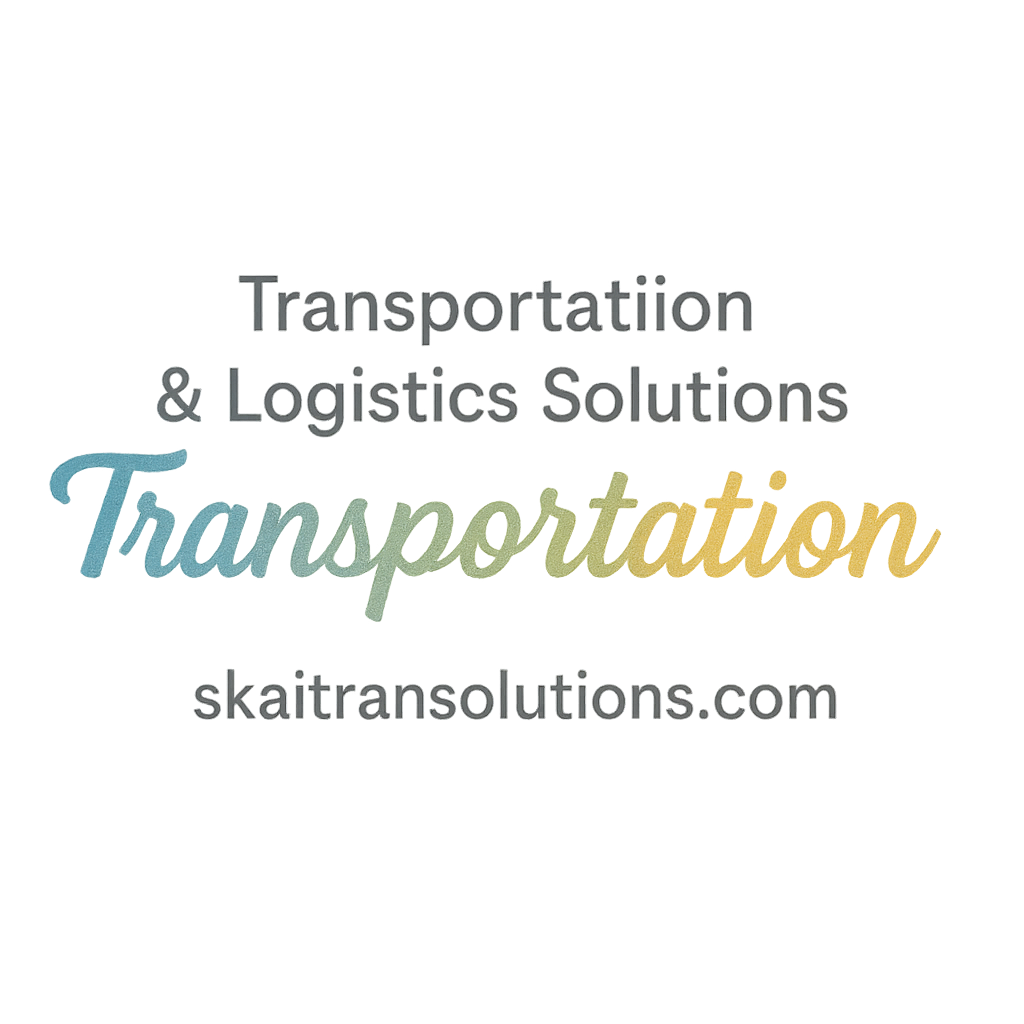Introduction
When you think about transportation, it’s easy to imagine trucks rolling down highways or freight arriving at docks. But there’s so much more beneath the surface. To truly understand how well a transportation network is performing, businesses need to measure key performance indicators (KPIs). These are the metrics that can make or break a company’s efficiency, costs, and overall success. In this article, we’re going to explore the 8 essential KPIs for transportation performance that every logistics and transportation professional should be tracking.
What Are KPIs in Transportation?
Key performance indicators (KPIs) are metrics used to evaluate the success of an organization in achieving its objectives. In the transportation industry, these indicators measure how well vehicles, drivers, and logistics processes are performing in real time. These metrics give insight into various aspects, from delivery times to cost management, and they allow companies to identify areas where improvement is needed.
KPIs for transportation are not just about numbers—they help companies align their operational processes with their strategic goals. And for companies that rely on transportation for their day-to-day operations, these KPIs become the heartbeat of their logistics management strategy.
Why KPIs Matter for Transportation?
Transportation KPIs provide visibility into various aspects of the operation, helping managers make informed decisions. These metrics help businesses:
- Reduce operational costs: Identifying inefficiencies and areas for cost reduction.
- Improve customer satisfaction: Ensuring on-time deliveries and high-quality service.
- Enhance safety: Tracking accident rates and vehicle conditions to prevent incidents.
- Optimize resources: Maximizing vehicle utilization and reducing idle time.
KPIs are also an essential tool for decision-making. By continuously monitoring these metrics, transportation managers can quickly adjust operations to stay on track with performance goals.
1. On-Time Delivery Rate
One of the most critical KPIs in transportation is the On-Time Delivery Rate. In a world where speed is everything, customers demand their shipments arrive on time, every time. This KPI measures the percentage of deliveries made on schedule.
Why does this matter? Well, delayed deliveries can lead to unhappy customers, damaged relationships, and lost business. Tracking this metric ensures that the entire transportation process, from the warehouse to the final destination, is running smoothly.
How to Improve On-Time Delivery Rate:
- Route Optimization: Use logistics technology to find the quickest, least congested routes.
- Monitoring: Constantly track deliveries in real-time to address delays immediately.
- Communication: Keep customers informed about any potential delays.
2. Cost per Mile
Transportation is expensive, and it’s crucial to understand how much it costs to move goods from point A to point B. The Cost per Mile KPI tracks the expense associated with each mile traveled. This includes fuel, driver wages, maintenance, and vehicle depreciation.
Why should you care about Cost per Mile? Because understanding this figure helps you identify inefficiencies. If costs are high, businesses can look for ways to streamline routes, optimize fuel usage, and improve vehicle maintenance to lower expenses.
How to Improve Cost per Mile:
- Fuel Management: Implement fuel-saving initiatives, like driver training on eco-friendly driving.
- Vehicle Efficiency: Choose vehicles that are more cost-effective in terms of fuel efficiency.
- Consolidate Shipments: Reduce the number of trips by consolidating shipments.
3. Fuel Efficiency
Fuel is one of the largest expenses in the transportation industry, so monitoring Fuel Efficiency is a must. This KPI measures how much fuel is being consumed per mile traveled or per ton of goods transported.
Improving fuel efficiency can help reduce overall operating costs and lower carbon emissions—both of which are critical for sustainability and profit margins. Plus, with rising fuel prices, optimizing fuel efficiency can significantly impact the bottom line.
How to Improve Fuel Efficiency:
- Driver Training: Educate drivers on best practices for fuel-efficient driving.
- Vehicle Maintenance: Keep vehicles in top condition to ensure optimal fuel consumption.
- Use Telematics: Implement telematics systems to monitor driving patterns and fuel usage.
4. Vehicle Utilization Rate
The Vehicle Utilization Rate measures how effectively a company uses its fleet of vehicles. This metric tells you the percentage of time a vehicle is being used for active transportation versus being idle.
Underutilization of vehicles leads to unnecessary expenses. High vehicle utilization, on the other hand, indicates that the fleet is being used efficiently, thus maximizing ROI.

How to Improve Vehicle Utilization:
- Planning: Develop better scheduling and route planning to ensure vehicles are used as much as possible.
- Frequent Maintenance: Reduce downtime by scheduling regular maintenance to avoid unexpected breakdowns.
5. Accident Rate
Safety is a top priority in transportation. The Accident Rate tracks the number of accidents or incidents that occur within a certain period. This includes minor fender benders and major collisions.
A high accident rate signals poor driver safety, inadequate vehicle maintenance, or unsafe driving routes. On the flip side, a low accident rate indicates that safety protocols are being followed, leading to fewer incidents and lower insurance costs.
How to Improve the Accident Rate:
- Driver Training: Regularly train drivers on safe driving techniques.
- Safety Audits: Conduct safety inspections on vehicles to ensure they’re roadworthy.
- Technology: Use safety technology like collision avoidance systems and telematics.
6. Driver Performance
The performance of drivers is crucial in maintaining high transportation efficiency. The Driver Performance KPI evaluates factors such as speed, braking habits, and adherence to company policies.
A well-trained and responsible driver can significantly improve the performance of your transportation network. Tracking driver behavior also helps improve safety, reduce accidents, and increase customer satisfaction.
How to Improve Driver Performance:
- Incentivize Good Performance: Reward safe driving and meeting performance standards.
- Telematics: Use telematics systems to monitor and provide feedback on driver behavior.
- Ongoing Training: Regular refresher courses to keep drivers updated on best practices.
7. Maintenance Costs
Vehicle maintenance is a constant expense, but it’s necessary to keep everything running smoothly. The Maintenance Costs KPI tracks the total amount spent on keeping the fleet in good condition.
High maintenance costs may indicate that vehicles are aging or not being properly maintained. Keeping maintenance costs low without sacrificing vehicle performance is key to improving profitability.
How to Improve Maintenance Costs:
- Preventive Maintenance: Schedule regular maintenance to avoid costly emergency repairs.
- Fleet Management: Invest in newer vehicles that require less maintenance.
8. Customer Satisfaction Score (CSAT)
The Customer Satisfaction Score (CSAT) is a direct reflection of how well the transportation system is performing from the customer’s point of view. This can be measured through surveys or feedback forms.
A high CSAT score means your customers are happy with the delivery times, service quality, and communication. Low scores indicate areas of improvement that need to be addressed.
How to Improve Customer Satisfaction:
- On-Time Delivery: Always aim to meet or exceed delivery deadlines.
- Communication: Keep customers updated about the status of their shipments.
- Quality Control: Ensure that the goods are delivered in perfect condition.
Conclusion
In today’s competitive transportation industry, it’s not enough to just move goods from one place to another. Tracking key performance indicators (KPIs) allows companies to make data-driven decisions, improve efficiency, reduce costs, and enhance safety. By focusing on KPIs like on-time delivery, fuel efficiency, and driver performance, businesses can significantly improve their transportation performance and, ultimately, their bottom line.
For more detailed information on improving performance in the transportation industry, you can check out resources on operational best practices, logistics and supply chain solutions, and customer experience safety.
FAQs
- What is the most important KPI in transportation?
The On-Time Delivery Rate is often considered the most crucial KPI as it directly affects customer satisfaction. - How do you calculate cost per mile in transportation?
Cost per mile is calculated by dividing the total operational costs (fuel, maintenance, driver wages, etc.) by the total number of miles traveled. - What is a good fuel efficiency rate for trucks?
A good fuel efficiency rate for trucks can vary, but typically it’s around 6-8 miles per gallon for long-haul trucks. - How can vehicle utilization be improved?
Vehicle utilization can be improved through better route planning, scheduling, and proactive fleet management. - Why is driver performance important?
Driver performance directly affects safety, fuel efficiency, and the overall efficiency of the transportation operation. - What are some technology solutions for improving KPIs in transportation?
Telematics, route optimization software, and safety technology can significantly improve various KPIs, including fuel efficiency, accident rates, and driver performance. - How do I measure customer satisfaction in transportation?
Customer satisfaction can be measured using surveys or feedback forms that assess delivery time, service quality, and communication during the process.


